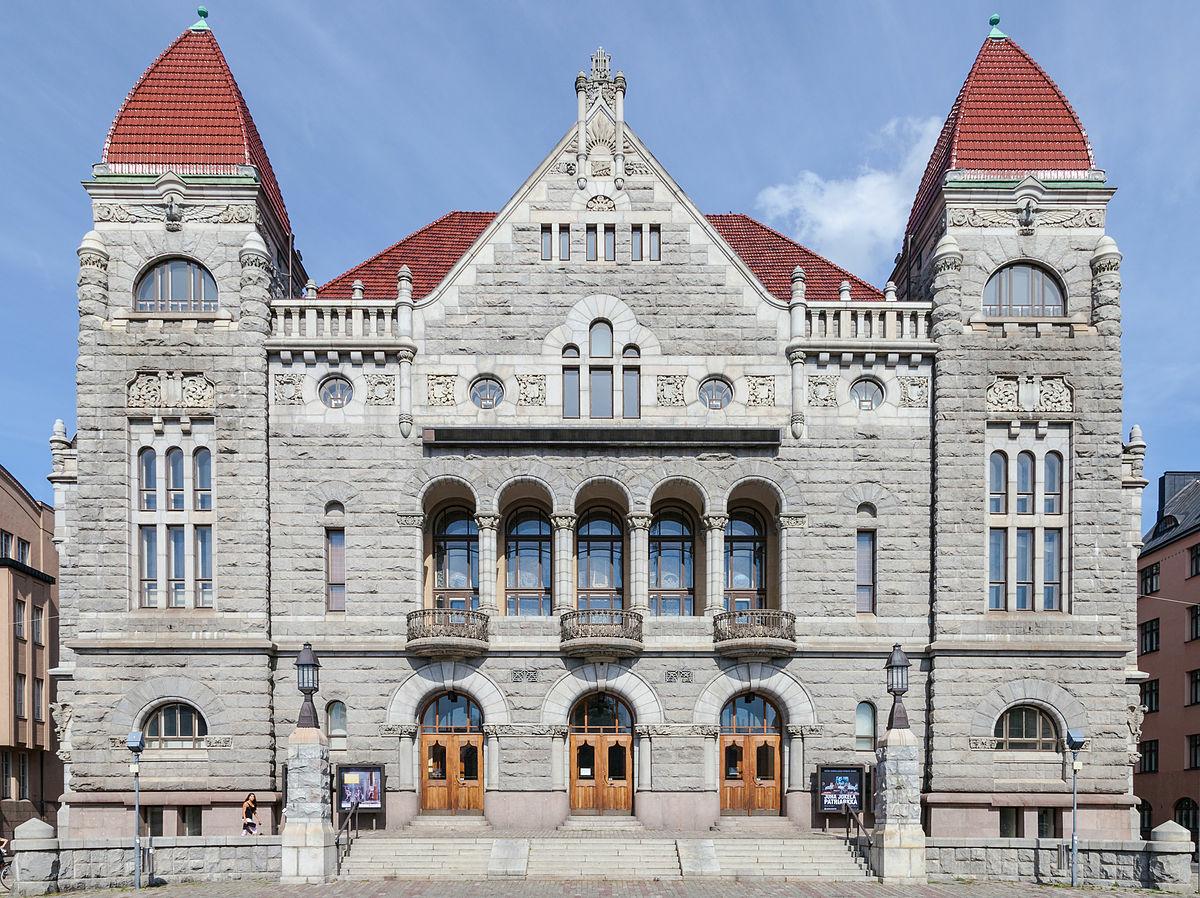EDITOR'S CORNER: Last Peaceful Summer in Europe?
I recently came across an intriguing tweet suggesting that experts fear Russia may significantly build up its forces in Belarus this summer, potentially amassing one hundred thousand troops to launch an invasion of Lithuania. If true, this could mark Europe’s last peaceful summer before a major escalation. It would be done under the guise of a military exercise, which is how the full-scale invasion in Ukraine started, in 2022.
In this blog post, I want to dive deeper into this alarming possibility. We already know that Europe faces a growing risk of conflict with Russia, but just how imminent is that threat? Could Moscow realistically strike NATO in the near future? And if so, what would that mean for the security landscape of Europe and the world? Let’s break it down.
Before I continue, I want to emphasize that this is an opinion piece. No one truly knows what Putin is planning now or what he will do in the future. Russia thrives on secrecy, deception, and the element of surprise. If the Kremlin excels at anything, it’s saying one thing and doing another.
Meanwhile, the West operates with transparency, honesty, and predictability—qualities that make it difficult to navigate an adversary that plays by entirely different rules. Adding to the uncertainty is the Trump factor, a major wildcard. Putin’s next moves will likely hinge on whether he believes NATO will uphold Article 5. But we’ll get into that later.
LAST PEACEFUL SUMMER IN EUROPE
Over the past few months, debates have intensified over just how much of a threat Russia poses to NATO countries. The answer largely depends on one key factor: when the war in Ukraine will end. Ironically, many European experts agree that the longer the war drags on, the safer Europe remains. Russia is bogged down in Ukraine, bleeding troops, exhausting its wartime arsenal, and watching its economy crumble under relentless sanctions. Even China and India—once seen as potential lifelines—are keeping their distance to avoid the fallout.
Despite this, the U.S. is aggressively pushing for a peace deal, seemingly at any cost. Trump has backed Zelenskyy into a corner, threatening to cut off all military and intelligence support unless Ukraine submits to the White House’s demands. This is critical to highlight because Trump maintains an openly hostile stance toward Ukraine while displaying a disgraceful, almost worshipful admiration for Vladimir Putin—a terrorist and child murderer.
Once this so-called "capitulation deal" is signed, Europe will be left dangerously exposed. I’ve detailed its terms in previous blogs, so I won’t go in-depth here. But make no mistake—it is so skewed in Russia’s favor that it will embolden Putin like never before. The break in fighting, whether through a ceasefire or a full agreement, will allow him to bring his troops home. Meanwhile, Russian factories will continue churning out replacement armaments at record speed. The soldiers returning from Ukraine will be restless, traumatized, and fueled by rage and alcohol.
Putin’s solution? Another war. This is not speculation—it is expected. The only question is where. Moldova would be an easy target; the country is so impoverished it barely has an army. Georgia? No need—Moscow already has a loyal, Kremlin-backed puppet government in place. That leaves NATO. The most vulnerable targets? The Baltic states, former Soviet-bloc nations, and countries that share a border with Russia. High on the list: Latvia, Lithuania, Estonia, Finland, Norway, and Poland. To some extent, Romania could also be at risk.
But why would Putin pick a fight with NATO? And more importantly—can he actually pull it off?
Right now, Russia is not capable of launching a full-scale attack on NATO. With the staggering losses of soldiers and materiel in Ukraine, the Russian military has been bled dry. But in a few years? They will be. In a few months? Perhaps—for a limited incursion.
When I talk about an attack in the near future, like the one feared against Lithuania, I’m referring to a small-scale incursion into a NATO country—just enough to test the waters. The purpose wouldn’t be immediate conquest but rather to gauge NATO’s response, giving Russia valuable intelligence for a larger offensive down the line.
If NATO’s reaction is weak or disorganized, the Kremlin will take it as a green light: "We can do this!" This hinges heavily on the United States. If Washington fails to stand by even the smallest NATO member—especially under Trump, who could brush it off with some excuse about defense spending—then NATO is finished. Article 5 will be meaningless, and the world will return to a pre-NATO era, where small nations are left vulnerable to the whims of imperialist aggressors.
CONCLUSION
This is the reality we’re facing. And if Europe doesn’t fully wake up, the consequences will be devastating.
To some extent, we have begun to stir—with the European Union's "Rearm Europe" plan, for example. This signals an acknowledgment of the threat. But the timeline is sluggish, stretching to 2030, and there is little clarity on how the money will be spent or what strategy will ensure a stronger, more unified Europe. Worse still, European nations remain divided on whether this plan is even the right approach.
While we debate, stall, and second-guess, Russia is preparing. If we don’t act with urgency, we may soon find ourselves in a position where we are no longer deciding how to defend Europe—but how to survive in a Europe that has already fallen.





Comments
Post a Comment